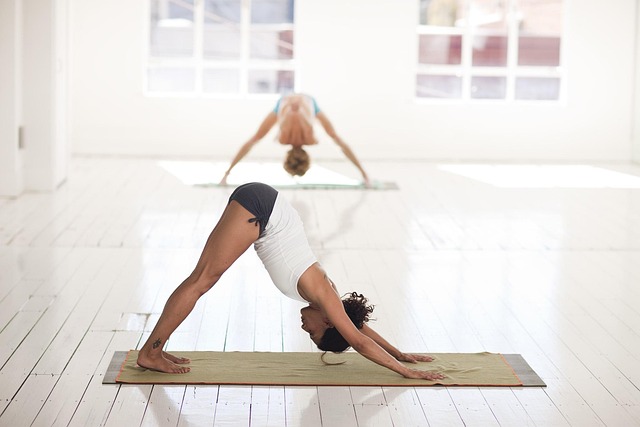What to Pack for a Movement and Mindfulness Getaway
Preparing for a movement and mindfulness getaway means packing with intention: items that support wellness practices, comfortable movement, mindful rest and sustainable travel. This short guide highlights essentials for mobility work, breathwork and meditation, nutrition on the road, and accessibility considerations so you arrive ready to practice and recover.

Planning a movement and mindfulness getaway is about more than comfortable clothes: it’s about curating tools that support wellness, mobility, breathwork and mindful rest. Pack items that help you maintain flexibility, posture and alignment while also considering recovery, nutrition and environmentally conscious travel choices. Thoughtful packing makes it easier to focus on practice with instructors and to connect with the retreat setting.
This article is for informational purposes only and should not be considered medical advice. Please consult a qualified healthcare professional for personalized guidance and treatment.
Mobility: what to bring for movement practice
Bring versatile clothing that supports dynamic movement and layered warmth for cool mornings. Lightweight, stretchy leggings or shorts and breathable tops let you work on mobility drills and flexibility exercises without restriction. A compact foam roller or travel massage ball can aid myofascial release after sessions, and a lightweight resistance band is useful for gentle strength and alignment work. Consider reusable water bottles and a small daypack to carry props between classes or local services in your area.
Breathwork and meditation essentials
Pack a small travel cushion or foldable meditation pad if you prefer added support for seated meditation and breathwork. Noise-reducing earplugs and an eye mask can help create a consistent practice environment when sleeping spaces vary. A simple journal and pen are useful for breathwork reflections and tracking shifts in balance and mood over the retreat. If you use a meditation timer app, ensure it’s downloaded and offline-ready to avoid connectivity issues.
Mindfulness, recovery, and sleep aids
Good rest supports recovery and learning. Pack breathable sleepwear, a light blanket or sarong for warmth, and any familiar items that cue relaxation—like a small lavender sachet. Recovery tools such as a compact foam roller, a massage ball, and comfortable slip-on shoes help protect joints and posture during downtime. Consider packing a basic first-aid kit and any personal recovery supplies recommended by instructors or retreat organizers to support safe practice and quick recovery between sessions.
Flexibility, posture, and alignment supports
Bring items that help maintain proper alignment—props like a yoga strap, a foldable block or two, and a small bolster or rolled towel. These aids can assist with flexibility work, restorative poses, and posture correction, enabling you to modify sequences and protect your body. A posture-friendly travel pillow can be useful in transit, especially for longer trips where maintaining balance and spinal alignment contributes to how you feel upon arrival.
Nutrition, travel logistics, and accessibility
Pack practical items that support nutrition and travel convenience: reusable utensils, a travel-sized cooler bag for snacks, and any supplements or dietary staples you rely on. Check with retreat organizers about meal options and accessibility needs so you can plan for special diets or mobility requirements in your area. Bring copies of prescriptions and contact details for local services. Prioritize lightweight, nonperishable snacks if you anticipate staggered mealtimes or long travel days.
Instructors, sustainability, and on-site considerations
Respect instructors’ guidance by arriving with neutral gear that allows clear visual alignment checks: non-slip mat, modest layers, and minimal noisy jewelry. Choose sustainably made items when possible—reusable mats or towels, biodegradable toiletries, and packaging-free snacks—to reduce your environmental footprint. Ask about on-site laundering, gear storage, and accessibility so you can pack efficiently and support inclusive practices during the retreat.
Conclusion Packing for a movement and mindfulness getaway involves blending practical travel items with tools that support practice, recovery, and mindful living. Prioritize mobility-friendly clothing, simple props for flexibility and alignment, items for restful sleep and recovery, and nutrition supports that match the retreat setting. Consider accessibility and sustainability when selecting gear so your presence at the retreat contributes to a smooth, balanced experience.





